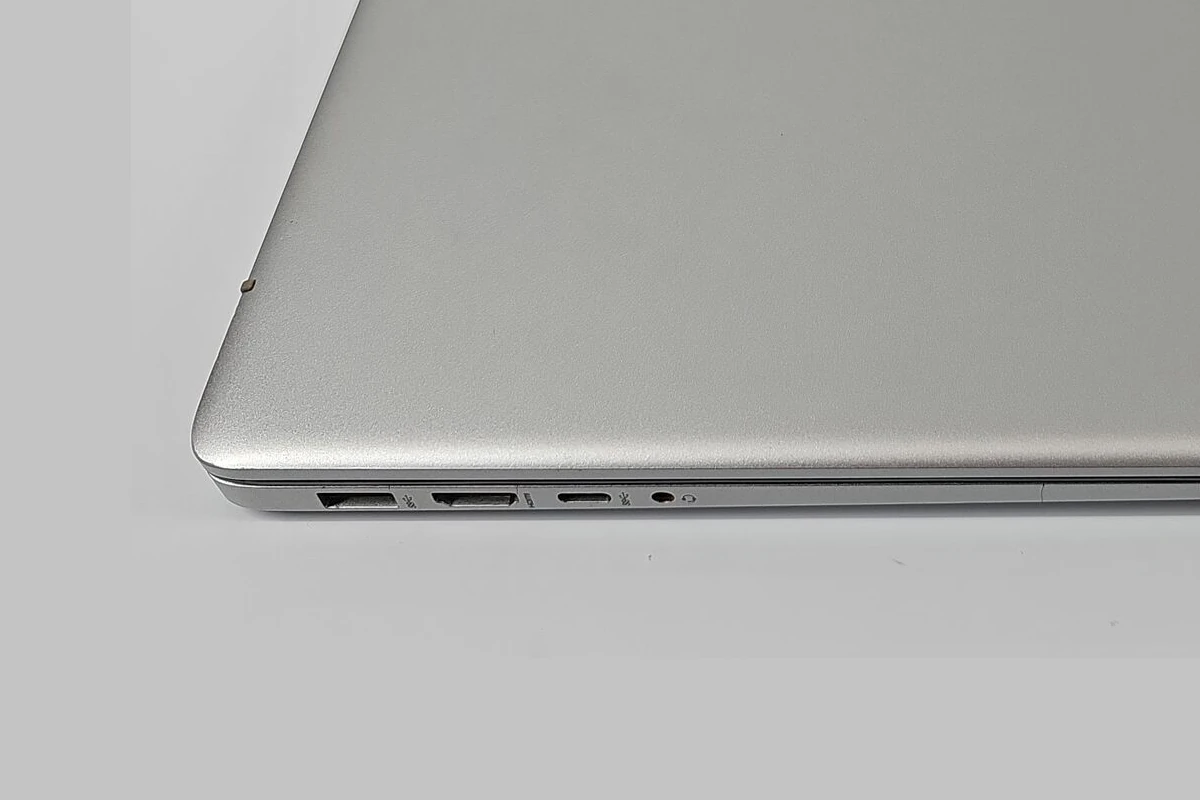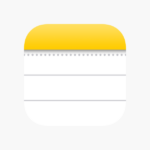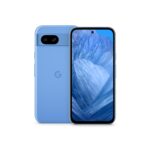A broken USB-C port can cause problems with many modern electronic devices that rely on these ports for data transfer and charging capabilities. Whether it’s a smartphone, laptop, or any other device equipped with USB-C, issues with these connectors are quite common and can arise due to various reasons such as physical damage or a loose connection. To address the problem, the first step is to diagnose the issue. If the port appears dirty, you can clean it with compressed air or a soft brush. However, if the connection remains inconsistent or there is visible physical damage, more thorough measures may be necessary.
When the cable or the device’s USB-C port isn’t working properly, it’s essential to determine whether the problem lies with the port, the cable, or the device itself. Inspect the cable for any signs of wear or damage and make sure it’s correctly inserted. If cleaning the port and inspecting the cable do not resolve the issue, you can try delving into power settings for your PC or ensuring the charger and cable are compatible and functioning.If the problem persists, it may be necessary to seek professional repair or replacement.
Finding the Cause and Fixing a Broken USB C Port
USB C ports are a common feature in modern electronics. These small ports serve many purposes. They provide power. They also make data transfers quick and easy.
Sadly, USB C ports are not invincible. Physical damage, debris, and component failure can all cause them to stop working. It can feel like a major problem when a USB C port breaks, but there are some things you can try at home before resorting to professional repair.
Identifying the Problem
Before you tackle any repairs, take a moment to identify what seems to be wrong with your port. Some common problems include:
- No power delivery: The device won’t charge when plugged in.
- Slow charging: It charges much slower than usual.
- Loose connection: The cable wiggles or falls out easily, and charging is intermittent.
- No data transfer: The device doesn’t connect to a computer or other accessories.
DIY Repair Solutions
Here’s a table outlining some simple USB C repair methods you may be able to do yourself:
| Problem | Solution |
|---|---|
| Dust and debris in the port | Use compressed air or a needle to carefully remove debris |
| A bent or misaligned pin | Use a needle to gently straighten it (be careful not to further damage) |
| Loose connection due to wear | Try a different cable or use a toothpick for temporary support |
| Software issue | Check for updates or try restarting your device |
When to Seek Professional Repair
If the DIY attempts don’t work, or if your USB C port looks seriously damaged, it’s time to consult an expert. Here are a few situations where professional repair would be necessary:
Complex Repairs
- Broken/missing pins
- Cracked or damaged port housing
- Corrosion or water damage
- Issues with the charging circuitry
Protect Your Device
Attempting advanced repairs without the right tools or knowledge can worsen the situation. A qualified technician can properly diagnose the issue and perform any soldering or component replacements needed.
Key Takeaways
- USB-C ports are critical for data transfer and charging in modern devices.
- Begin with cleaning the port and checking the cable for immediate fixes.
- If problems persist, further inspection of device settings or professional help may be needed.
Diagnosing and Troubleshooting
Before attempting to fix a broken USB-C port, pinpoint the issue’s source and determine if it’s hardware or software related.
Identifying Port Issues
To assess if a USB-C port malfunction is due to physical damage, inspect the port. Look for signs of debris or damage. If dirt is present, use compressed air to gently remove it. Check if the connector feels loose. A loose connection often leads to intermittent or failed connections.
Software-Related Solutions
For problems not related to the hardware, Windows Device Manager is a good starting point. Open Device Manager, locate your USB drivers, and look for error messages. These might indicate if a driver update is needed. Regularly installing Windows updates can prevent and fix software-related USB port issues.
Power Management and Settings
Windows has a feature called USB selective suspend which saves battery by putting USB ports not in use into a low-power state. However, this can cause USB ports to stop functioning properly. To adjust this, navigate to:
- Power Options
- Change plan settings
- Change advanced power settings
- USB settings
- USB selective suspend setting
Set this to Disabled, click Apply, and restart the computer to ensure changes take effect.







